Home>Gardening & Outdoor>Plant Care & Gardening Tips>How To Get Rid Of Bugs On Mums
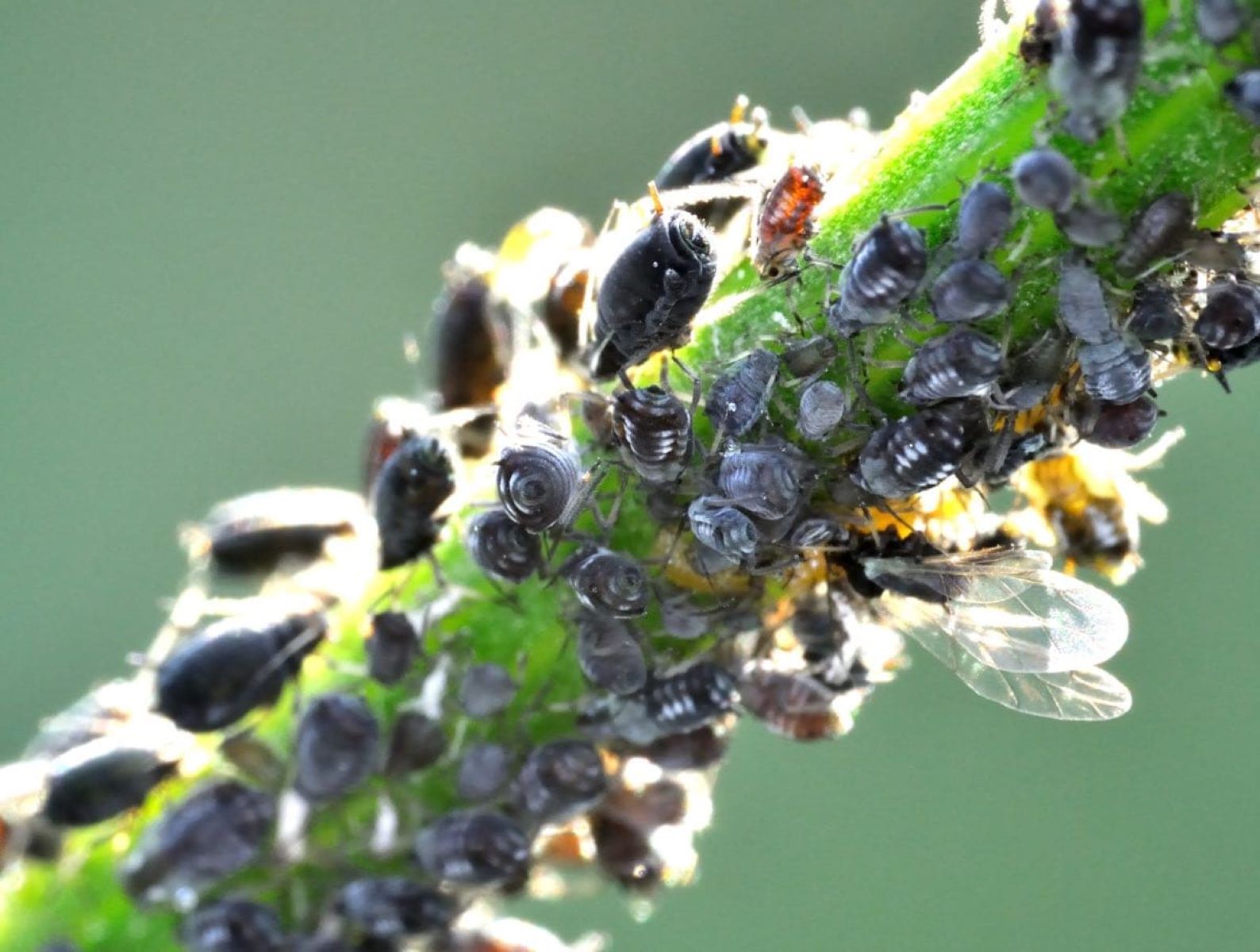

Plant Care & Gardening Tips
How To Get Rid Of Bugs On Mums
Modified: August 17, 2024
Learn effective plant care and gardening tips to get rid of bugs on mums. Discover natural and safe methods for pest control. Keep your mums healthy and thriving!
(Many of the links in this article redirect to a specific reviewed product. Your purchase of these products through affiliate links helps to generate commission for Storables.com, at no extra cost. Learn more)
Introduction
Dealing with bugs on your mums can be a frustrating challenge for any gardener. These beautiful flowering plants, also known as chrysanthemums, are susceptible to various pests that can wreak havoc on their health and appearance. Whether you're a seasoned gardener or just starting out, understanding how to identify and effectively manage these pesky insects is crucial for maintaining the vibrancy and vitality of your mums.
In this comprehensive guide, we'll delve into the world of mum-loving bugs, exploring the common culprits that can plague these beloved plants. From identifying the signs of infestation to implementing natural remedies and chemical treatments, we'll equip you with the knowledge and strategies needed to combat these unwelcome visitors. Additionally, we'll discuss proactive measures to prevent future bug infestations, empowering you to safeguard your mums and cultivate a thriving garden sanctuary.
So, if you've noticed suspicious signs of bug activity on your mums or simply want to arm yourself with preventive measures, you've come to the right place. Let's embark on this journey to reclaim the health and beauty of your mums while nurturing a pest-free garden oasis.
Key Takeaways:
- Keep your mums bug-free by identifying common pests like aphids and spider mites. Use natural remedies like neem oil and beneficial insects to protect your plants while maintaining a sustainable garden ecosystem.
- Prevent future bug infestations by monitoring your mums, strategic plant placement, and creating beneficial habitats for natural pest control. Embrace proactive measures to keep your garden thriving and pest-resistant.
Read more: How To Get Rid Of Basement Bugs
Identifying the Bugs
When it comes to protecting your mums from pesky bugs, the first step is to identify the culprits. By recognizing the signs of infestation and understanding the specific insects that target mums, you can effectively tailor your pest management approach. Here are some common bugs that may take a liking to your mums:
Aphids
These tiny, pear-shaped insects are often found clustered on the undersides of leaves or along the stems of mums. They come in various colors, including green, yellow, and black, and can quickly multiply, causing damage by sucking sap from the plant, leading to distorted growth and yellowing leaves.
Spider Mites
Spider mites are minuscule arachnids that can wreak havoc on mums by piercing the plant cells and sucking out the contents. These pests are often identified by the fine webbing they produce on the leaves and stems, along with stippling or yellow speckling on the foliage.
Whiteflies
Whiteflies are small, moth-like insects that congregate on the undersides of leaves, where they feed on plant sap. Infested mums may exhibit yellowing, wilting, or stunted growth, and a telltale sign of whitefly presence is the cloud of tiny white insects that emerges when the plant is disturbed.
Read more: How To Get Rid Of Pantry Bugs
Thrips
Thrips are slender, winged insects that can cause significant damage to mums by rasping the plant tissue and sucking out the cell contents. These pests are often challenging to spot due to their small size and rapid movements, but their feeding activity can result in distorted or discolored flowers and leaves.
Caterpillars
Various caterpillar species may target mums, feeding on the foliage and flowers. Their presence can lead to ragged or chewed leaves, as well as visible droppings or silk webbing on the plant.
By familiarizing yourself with the appearance and behavior of these common mum-loving bugs, you can promptly detect any signs of infestation and take appropriate measures to address the issue. Identifying the specific pests plaguing your mums is the first step toward implementing targeted solutions to protect your cherished plants from harm.
Natural Remedies
When it comes to combating bugs on your mums, natural remedies offer an effective and eco-friendly approach to pest management. These methods not only help protect your mums from harmful insects but also contribute to a sustainable and thriving garden ecosystem. Here are some natural remedies to consider when dealing with bug infestations on your mums:
1. Neem Oil
Derived from the seeds of the neem tree, neem oil serves as a potent natural insecticide and repellent. It works by disrupting the feeding and reproductive patterns of various pests, including aphids, spider mites, and whiteflies. Dilute neem oil with water and apply it to the affected parts of the mums, ensuring thorough coverage of the foliage and stems.
Read more: How To Get Rid Of Bed Bugs
2. Insecticidal Soap
Insecticidal soap, made from natural plant oils, is an effective solution for controlling soft-bodied insects such as aphids, thrips, and whiteflies. When sprayed on infested mums, the soap disrupts the pests' cell membranes, ultimately leading to their demise. It's important to apply the soap directly to the bugs, ensuring complete coverage for maximum effectiveness.
3. Beneficial Insects
Introducing beneficial insects, such as ladybugs and lacewings, to your garden can serve as a natural form of pest control. These predatory insects feed on common mum-loving bugs, helping to keep their populations in check. By creating a welcoming environment for these beneficial insects, you can establish a balanced ecosystem that naturally regulates pest infestations.
4. Horticultural Oil
Horticultural oils, derived from petroleum or plant-based sources, can effectively smother and suffocate insect pests on mums. When applied as a fine spray, horticultural oil coats the pests, disrupting their respiratory functions and ultimately leading to their demise. This natural remedy is particularly useful for managing scale insects and mites.
5. Homemade Remedies
Creating homemade insecticidal sprays using ingredients such as garlic, chili peppers, or soap can provide an affordable and natural alternative for controlling bugs on mums. These DIY solutions can be tailored to target specific pests and are relatively easy to prepare and apply, offering a customizable approach to pest management.
By incorporating these natural remedies into your bug-fighting arsenal, you can effectively combat infestations while minimizing the impact on the environment. Embracing these eco-friendly solutions not only safeguards the health and beauty of your mums but also fosters a harmonious and sustainable garden ecosystem.
Read more: How To Get Rid Of Outdoor Bugs
Chemical Treatments
In some cases, natural remedies may not provide the level of control needed to combat severe bug infestations on mums. When faced with persistent or widespread pest problems, chemical treatments can serve as a targeted and effective solution to protect the health and vitality of your plants. It's important to approach chemical treatments with caution, ensuring that they are used responsibly and in accordance with product instructions to minimize any potential impact on the environment and beneficial garden organisms.
1. Insecticidal Sprays
Insecticidal sprays formulated specifically for controlling garden pests can offer a potent means of addressing bug infestations on mums. These products are designed to target a range of insect pests, including aphids, thrips, whiteflies, and caterpillars, providing rapid knockdown and residual control. When applying insecticidal sprays, it's crucial to follow the recommended application rates and timing to maximize effectiveness while minimizing any adverse effects on non-target organisms.
2. Systemic Insecticides
Systemic insecticides are absorbed by the plant and translocated throughout its tissues, offering long-lasting protection against insect pests. These products can be particularly effective in managing sucking insects like aphids and spider mites, as they are ingested by the pests as they feed on the plant sap. Systemic insecticides provide a convenient and targeted approach to pest control, offering extended residual activity to safeguard mums from ongoing infestations.
3. Granular Treatments
Granular insecticides can be applied to the soil around mums to target pests that reside in the root zone or soil surface. These products release active ingredients gradually, providing a systemic defense against soil-dwelling insects and larvae. Granular treatments offer a convenient and long-lasting solution for protecting mums from pests such as root weevils, grubs, and other soil-dwelling insects that can compromise the plant's health and vigor.
Read more: How To Get Rid Of Bed Bugs On A Couch
4. Selective Treatments
When utilizing chemical treatments, it's essential to opt for selective products that target specific pests while minimizing harm to beneficial insects and other non-target organisms. Selective insecticides can help maintain a balanced garden ecosystem by focusing on the pests causing harm to mums without disrupting the natural predators and pollinators that contribute to a healthy and thriving garden environment.
By incorporating responsible and targeted chemical treatments into your pest management strategy, you can effectively address severe bug infestations while minimizing the impact on the overall garden ecosystem. It's important to prioritize the health and well-being of your mums while employing chemical solutions, ensuring that they are used judiciously and in accordance with best practices for sustainable and effective pest control.
Preventing Future Infestations
Preventing future bug infestations on your mums is essential for maintaining a healthy and thriving garden environment. By implementing proactive measures and cultivating a resilient ecosystem, you can minimize the risk of pest problems and safeguard the well-being of your cherished plants. Here are effective strategies to prevent future bug infestations and promote the long-term health of your mums:
1. Regular Monitoring
Consistent monitoring of your mums is crucial for early detection of any signs of pest activity. Regularly inspect the foliage, stems, and undersides of leaves for any unusual discoloration, damage, or the presence of insects. By staying vigilant and promptly addressing any emerging issues, you can prevent minor infestations from escalating into more significant problems.
2. Proper Plant Placement
Strategic placement of mums within your garden can contribute to their resilience against pests. Consider the sunlight, air circulation, and proximity to other plants when positioning your mums. Optimal placement can promote robust growth and natural defenses, reducing the susceptibility to pest attacks.
Read more: How To Get Rid Of Bed Bugs On A Mattress
3. Soil Health and Nutrient Balance
Maintaining well-nourished and balanced soil conditions can bolster the overall health of your mums, making them less vulnerable to pest infestations. Ensure proper soil drainage, organic matter content, and appropriate fertilization to support the plants' vigor and natural resistance to pests.
4. Companion Planting
Integrating companion plants known for their pest-repelling properties can help deter insects from targeting your mums. Consider planting aromatic herbs such as basil, mint, or lavender near your mums to create a natural barrier against pests while enhancing the diversity and beauty of your garden.
5. Pruning and Sanitation
Regular pruning of dead or damaged plant parts and the removal of fallen leaves can eliminate potential hiding spots and breeding grounds for pests. Maintaining a clean and tidy garden environment reduces the likelihood of pest infestations and promotes the overall well-being of your mums.
6. Beneficial Habitats
Creating habitats that attract beneficial insects, such as ladybugs, lacewings, and predatory wasps, can establish a natural balance in your garden. Incorporate native plants, flowering herbs, and sheltered areas to provide refuge and sustenance for these beneficial allies, fostering a harmonious ecosystem that naturally regulates pest populations.
Read more: How To Get Rid Of Pill Bugs In Garden
7. Seasonal Care and Vigilance
Adapt your care practices based on seasonal changes and the specific pest pressures that may arise. Stay informed about the typical pest activity during different times of the year and adjust your preventive measures accordingly to proactively protect your mums from potential infestations.
By integrating these preventive strategies into your gardening routine, you can create a resilient and pest-resistant environment for your mums. Embracing a proactive approach to pest management not only safeguards the health and beauty of your plants but also contributes to the overall sustainability and vitality of your garden sanctuary.
Frequently Asked Questions about How To Get Rid Of Bugs On Mums
Was this page helpful?
At Storables.com, we guarantee accurate and reliable information. Our content, validated by Expert Board Contributors, is crafted following stringent Editorial Policies. We're committed to providing you with well-researched, expert-backed insights for all your informational needs.
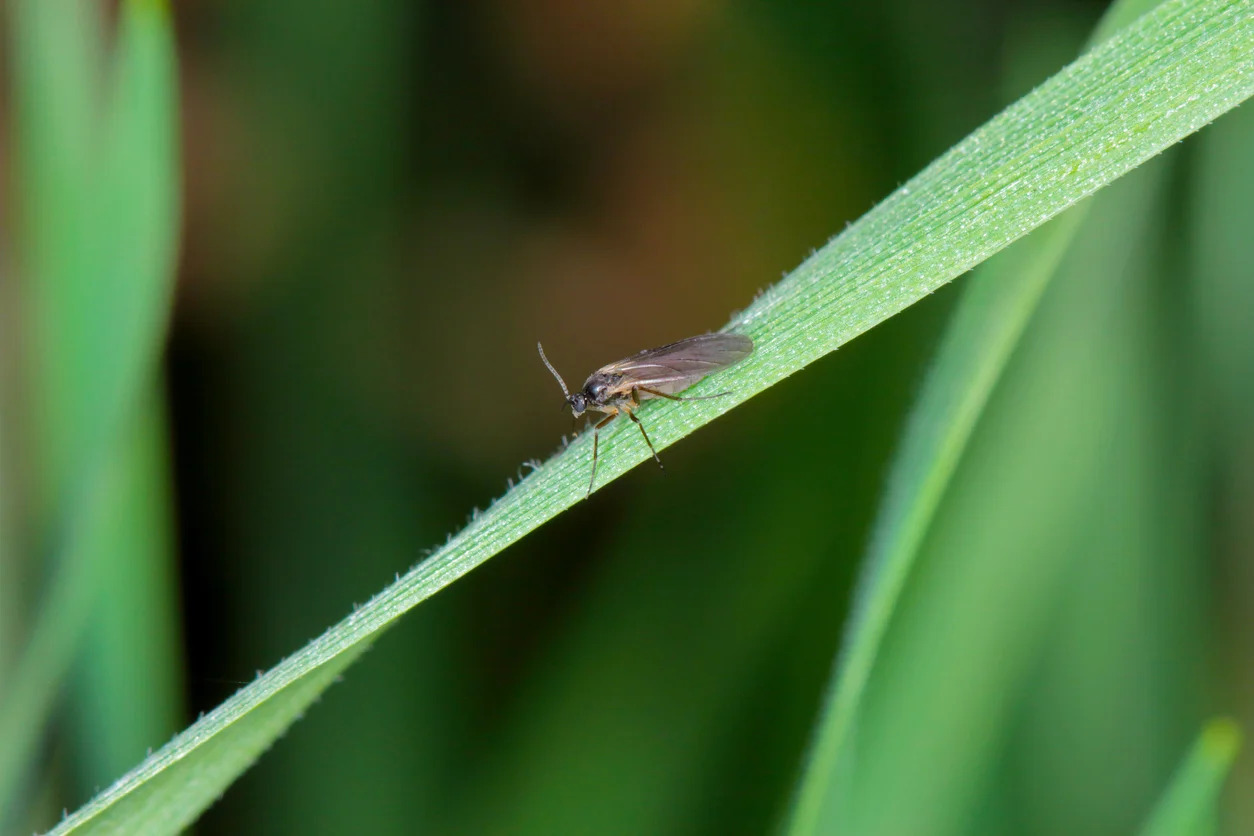

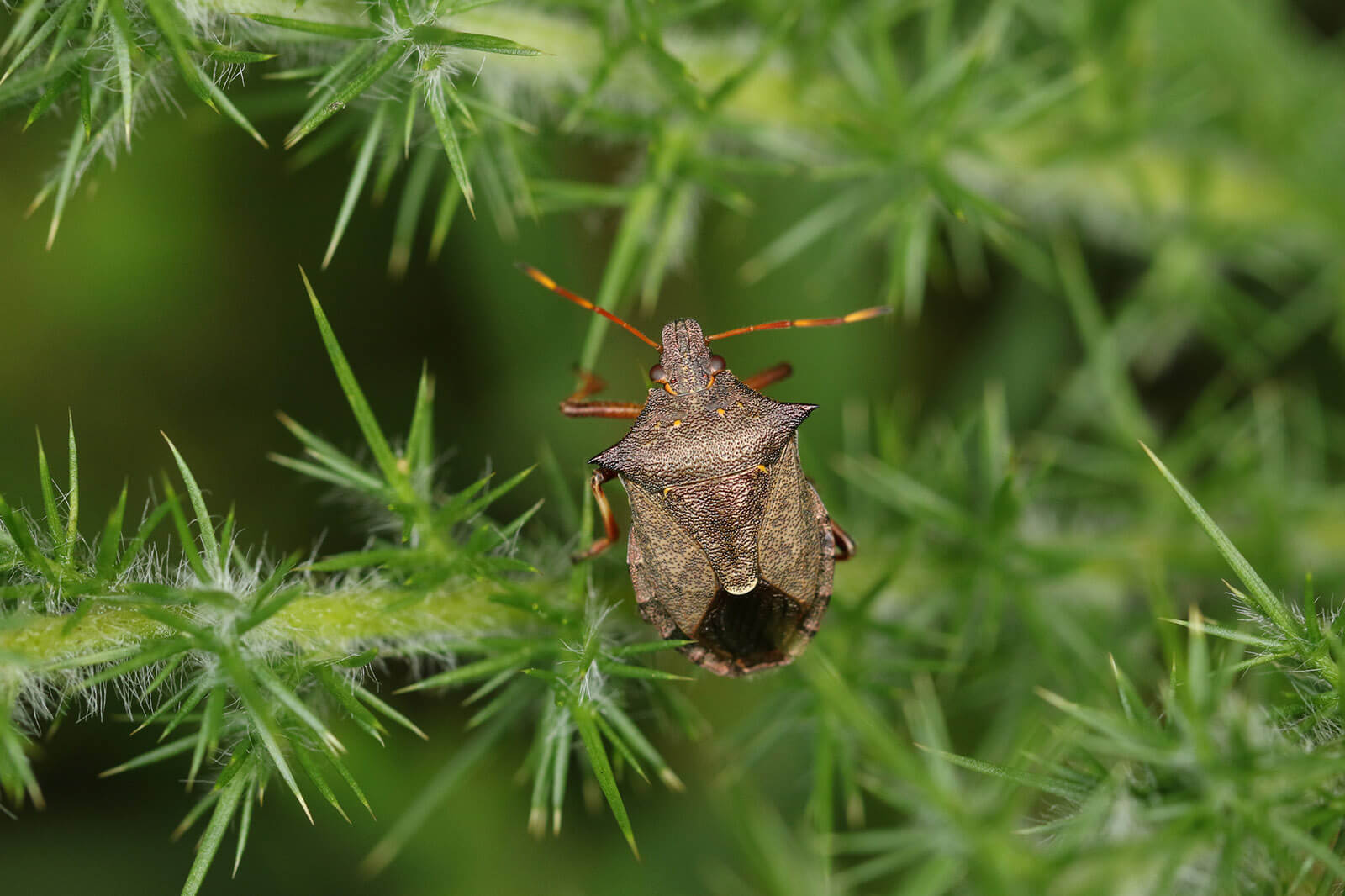

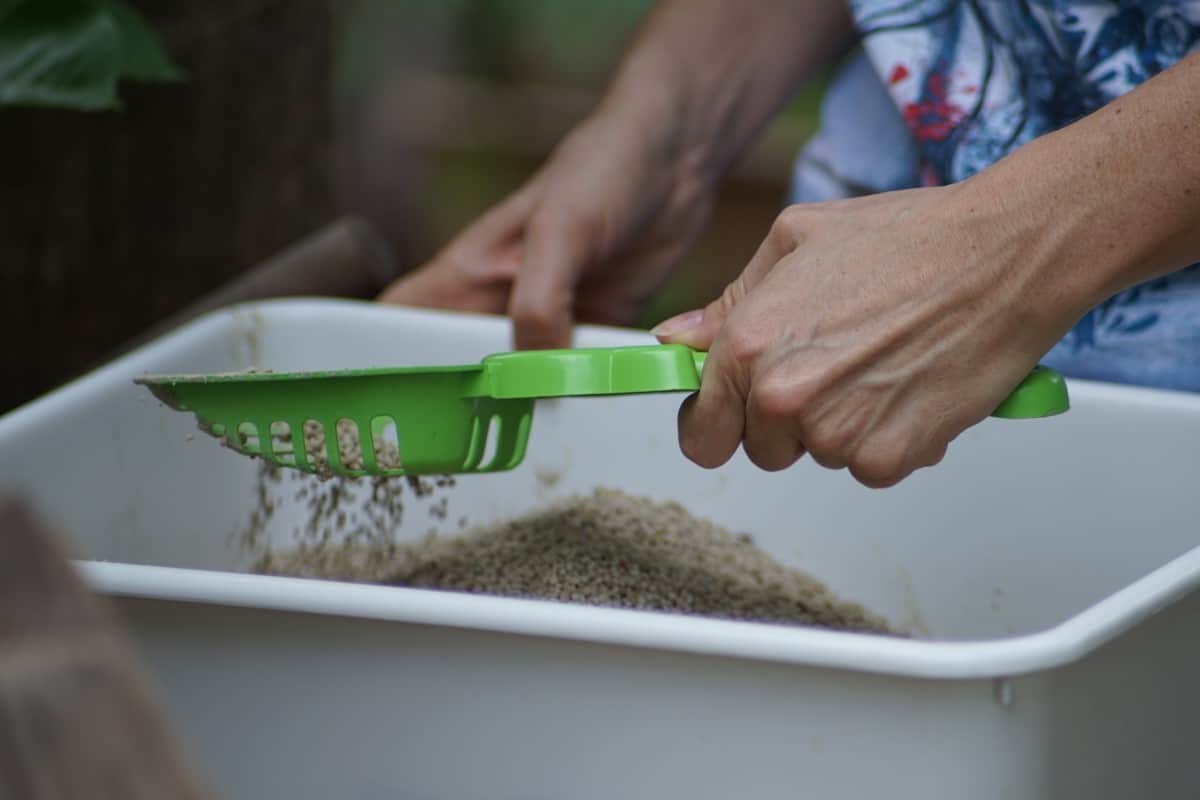
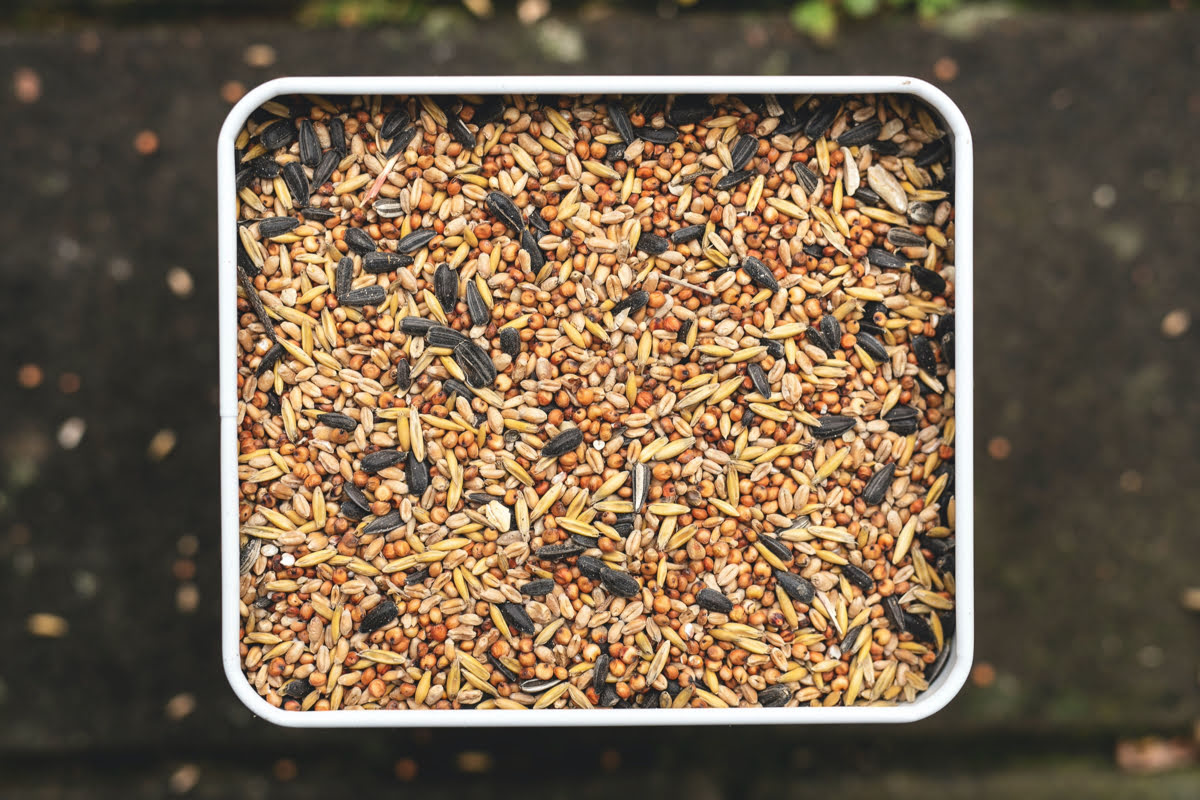

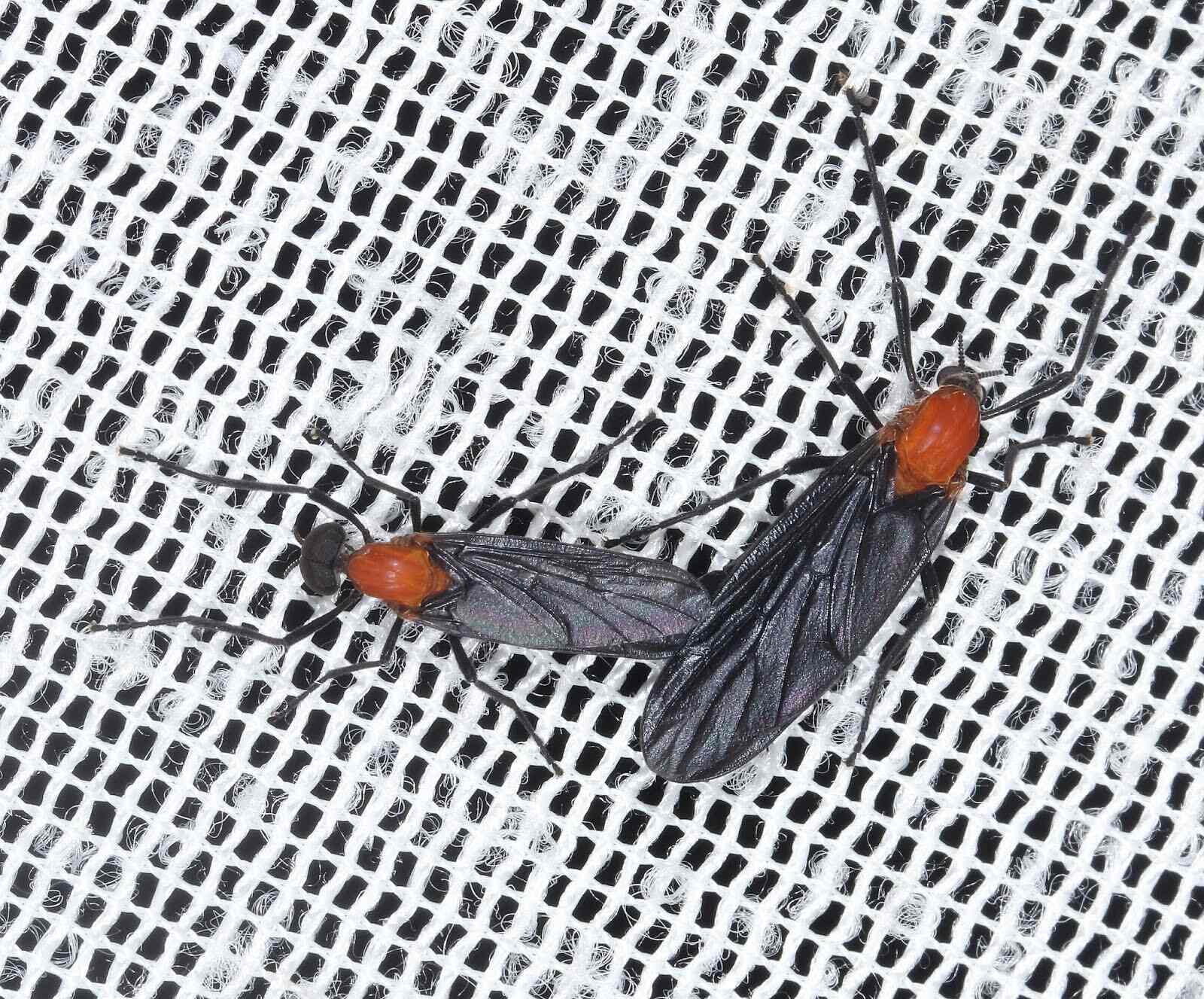
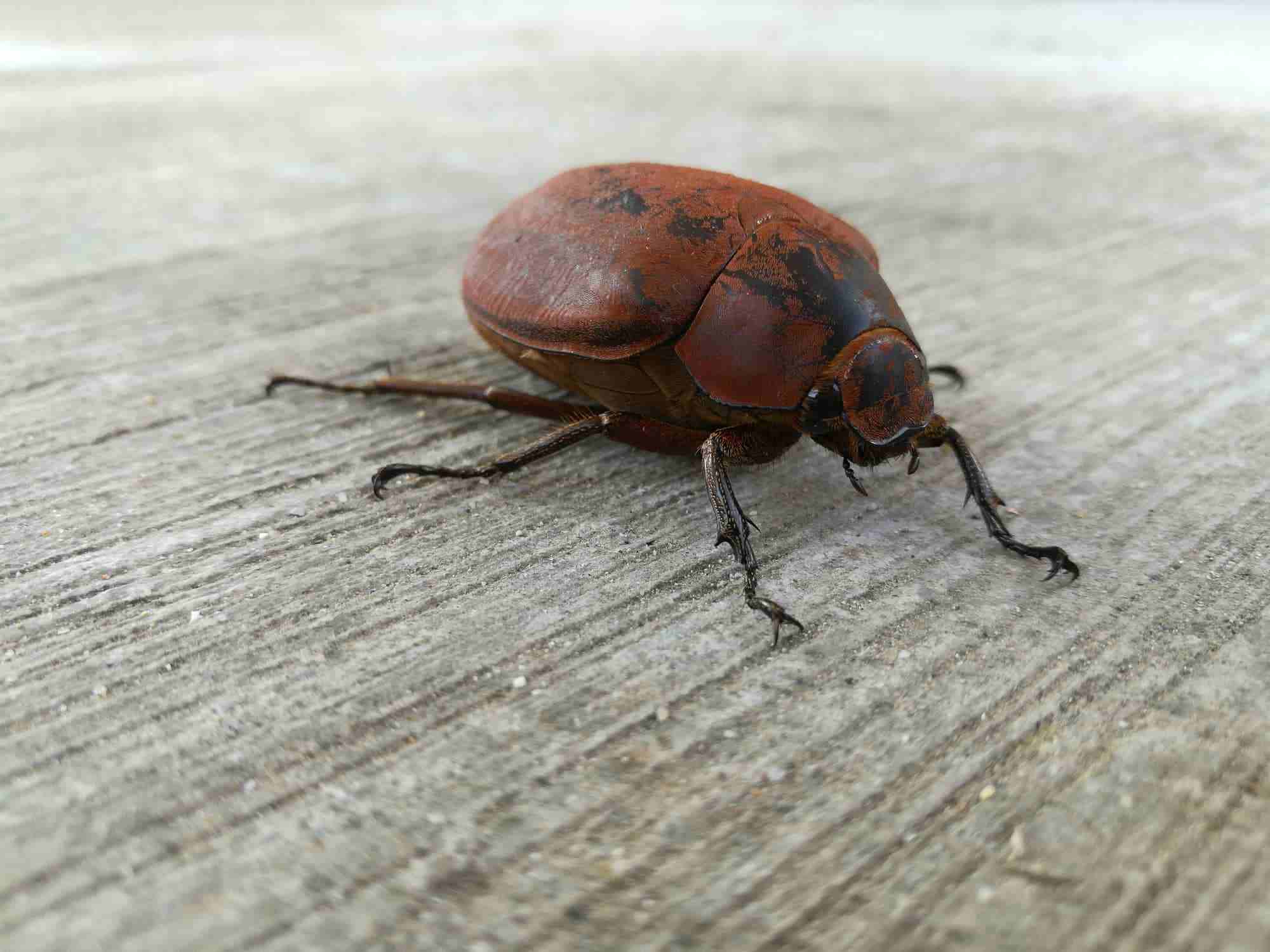

0 thoughts on “How To Get Rid Of Bugs On Mums”